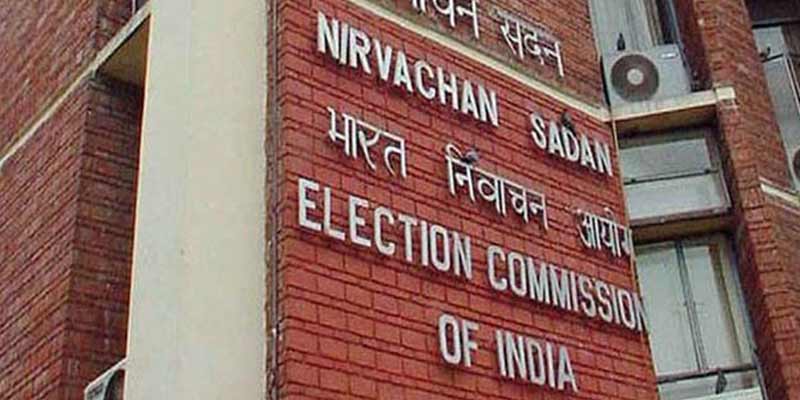- India
- Aug 12
Explainer - Delimitation in Assam
• The Election Commission published its final report on the delimitation of Assembly and Parliamentary constituencies in Assam as provided for in Section 8A of the Representation of the People Act, 1950.
• The number of seats in the Legislative Assembly in the state of Assam have been retained at 126 and the number of Parliamentary Constituencies at 14.
• The last delimitation was done in Assam in 1976.
• The term of the current Assam Legislative Assembly will end on May 20, 2026.
• All Assembly and Parliamentary Constituencies in the State have been delimited based on the 2001 Census as provided in Article 170 and Article 82 of the Constitution.
• Articles 170 and 82 laid down that the number of seats in the Legislative Assembly of each state and the allocation of seats in the House of People to the states shall not be altered until the relevant figures for the first census taken after year 2026 have been published.
What is delimitation?
• Delimitation means the process of fixing limits or boundaries of territorial constituencies in a country or a province having a legislative body.
• The job of delimitation is assigned to a high power body. Such a body is known as Delimitation Commission or a Boundary Commission.
Delimitation Commissions have been constituted in the past:
i) In 1952 under the Delimitation Commission Act, 1952
ii) In 1963 under Delimitation Commission Act, 1962
iii) In 1973 under Delimitation Act, 1972
iv) In 2002 under Delimitation Act, 2002.
• In May 2022, the Delimitation Commission on Jammu & Kashmir headed by former Supreme Court judge (retd) Ranjana Prakash Desai notified its final report.
• The Delimitation Commission in India is a high power body whose orders have the force of law and cannot be called in question before any court.
• These orders come into force on a date to be specified by the President of India on this behalf. The copies of its orders are laid before the House of the People and the State Legislative Assembly concerned, but no modifications are permissible therein by them.
Key points of the delimitation in Assam
• The state currently has 14 Lok Sabha, 126 Assembly and seven Rajya Sabha seats.
• Under the provisions of the Delimitation Act, 1972, the last delimitation of constituencies in Assam was effected on the basis of 1971 Census figures by the then Delimitation Commission in 1976.
• The move to redraw the Assembly and Parliamentary seats of Assam has been initiated following a request from the Union law ministry.
• Seeking to make the delimitation exercise fair and equitable, the Election Commission devised the guidelines and methodology keeping in mind the constitutional and legal provisions and the suggestions received in representations.
• In its final order, the Election Commission has revised the nomenclature of one Parliamentary Constituency and 19 Assembly Constituencies.
• As many as 19 Assembly and two Lok Sabha constituencies have been reserved for Scheduled Tribes (STs). One Lok Sabha and nine Assembly constituencies have been reserved for Scheduled Castes (SCs).
• Reservation of constituencies for Scheduled Castes and Scheduled Tribes has been done on the basis of the provisions laid down in Article 330 and 332 of the Constitution of India.
• All Assembly and Parliamentary Constituencies in the state were delimited (redrawn) based on the 2001 Census.
• The lowest administrative unit has been taken as ‘village’ in rural areas and ‘ward’ in urban areas. Accordingly, village and ward have been kept intact and have not been broken anywhere in the state.
• SC Assembly seats have increased from eight to nine, and ST Assembly seats have gone up from 16 to 19.
• There has also been an increase of Assembly constituencies in Bodoland districts from 11 to 15.
Manorama Yearbook app is now available on Google Play Store and iOS App Store


